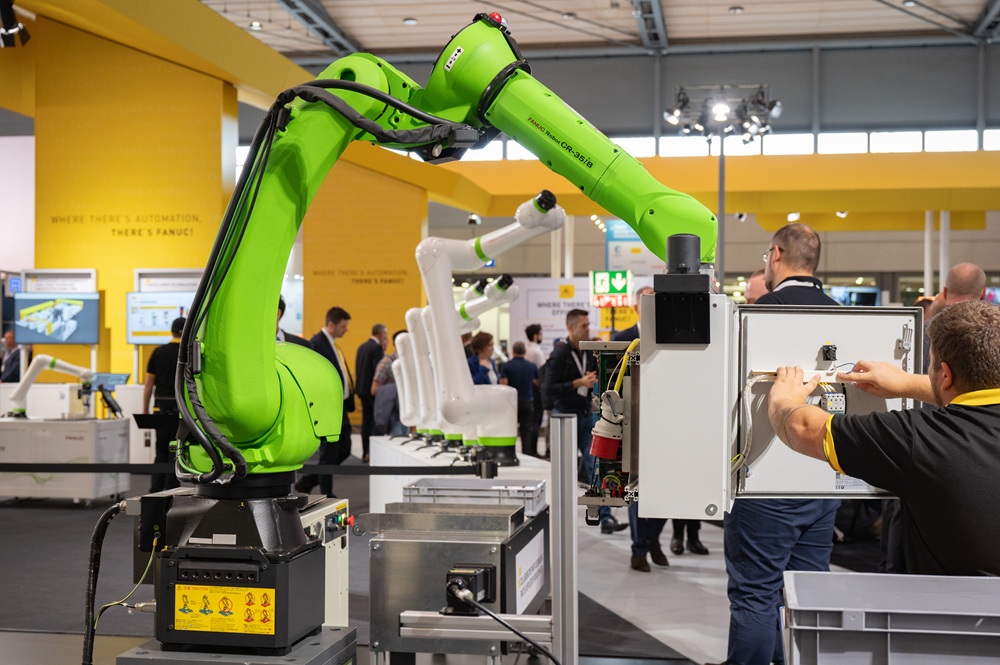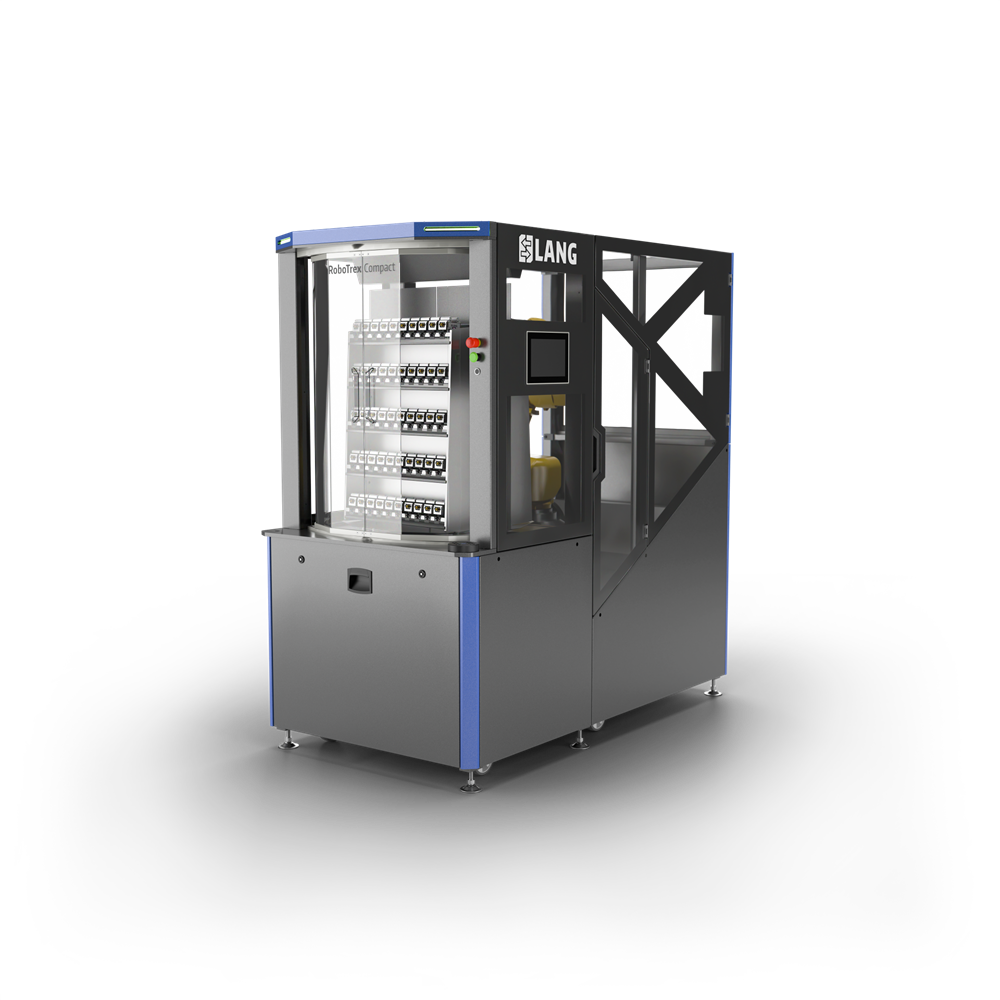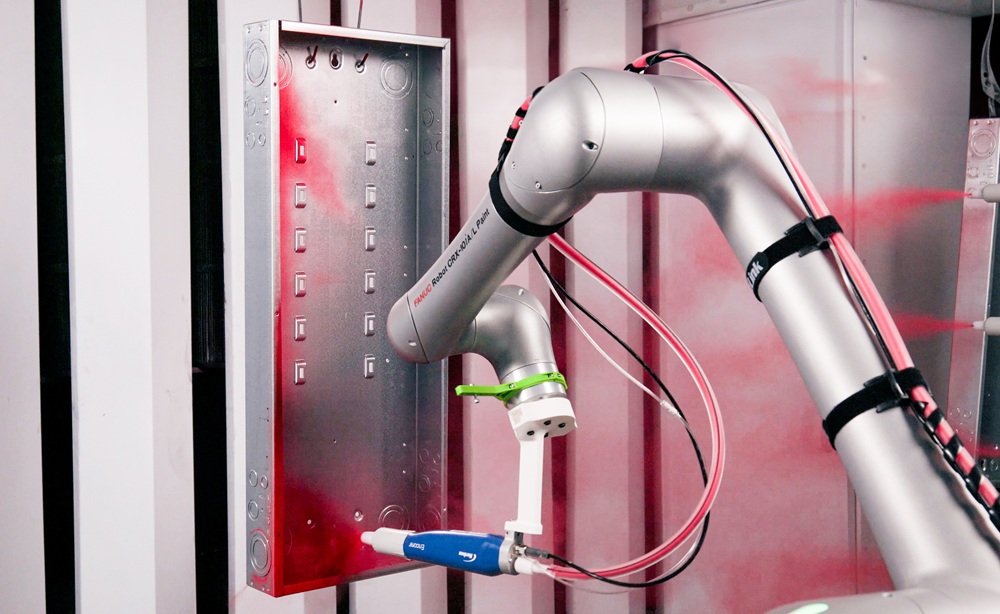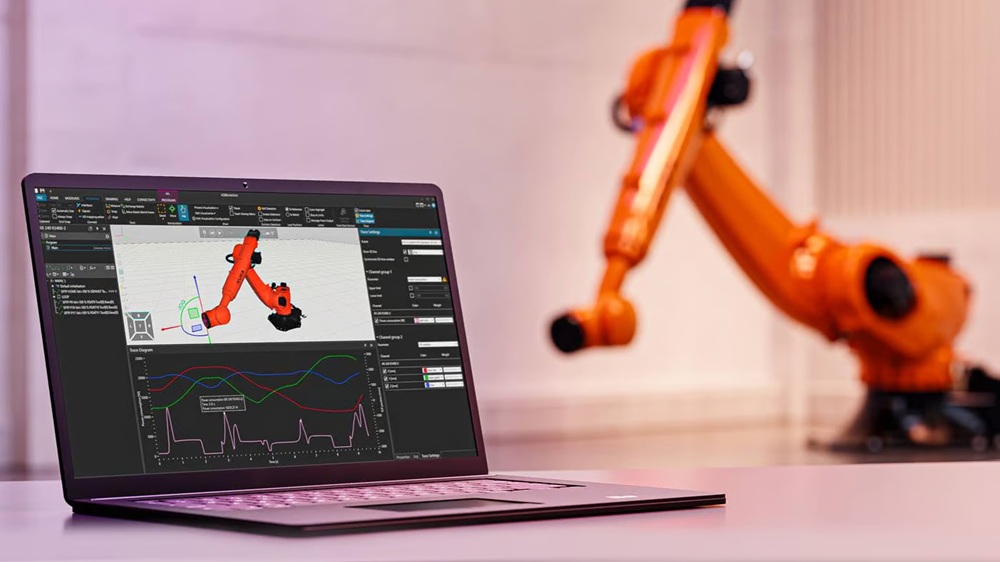The search for suitable automation solutions is currently at the top of the list for many manufacturers. At the EMO 2025 exhibition (22-26 September) in Hanover, organiser VDW (German Machine Tool Builders’ Association) says a broad range of automation solutions will be present, from simple handling systems to autonomous factories with self-driving systems.
“Against the background of higher costs and a shortage of skilled workers, automation is vitally important for the industry,” emphasises VDW executive director Dr Markus Heering.
A major topic for automation at EMO will be the use of robots. According to the IFR (International Federation of Robotics), around 4.3 million industrial robots are currently in use worldwide. Last year alone, their number rose by 10%. The IFR also expects double-digit growth rates in the coming years.
Many SME manufacturers and those with rather small production runs are asking themselves whether it actually makes sense to use industrial robots. Often, cobots (collaborative robots) present an interesting option. Thanks to their ease of use and rapid deployment, cobots are suitable for companies of all sizes. They also offer the benefit of delivering a straightforward introduction to automation and can be connected using a plug-and-play principle. This capability makes cobots particularly suited to pick-and-place tasks or the loading and unloading of machines.
Cobots can also take on internal transportation tasks. They work well in harmony with AMRs (autonomous mobile robots) and can help to increase efficiency in production, not only by loading machines but also handling materials. At EMO, numerous exhibitors will be offering automation solutions with robots, including those from KUKA, Robojob, Wick, Apex, FANUC and many more.
More information https://emo-hannover.com/automation



















